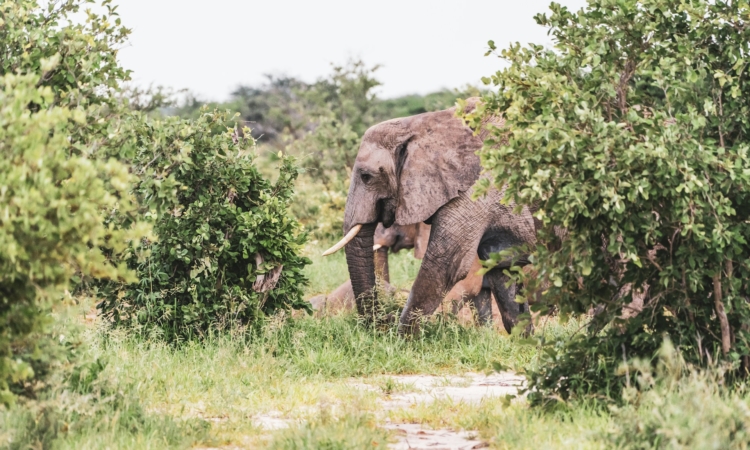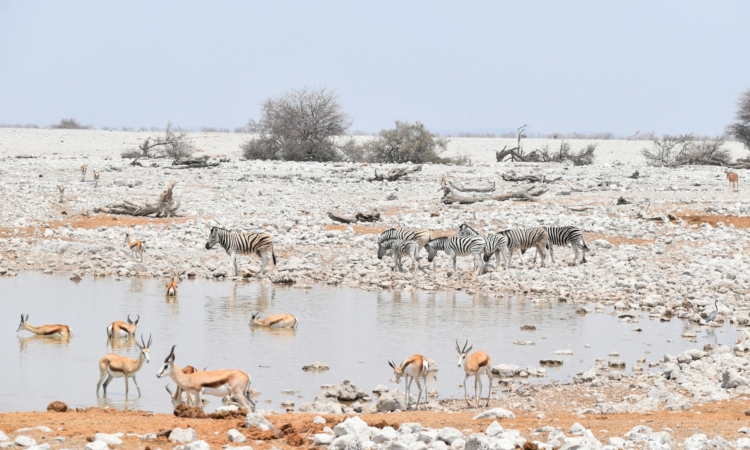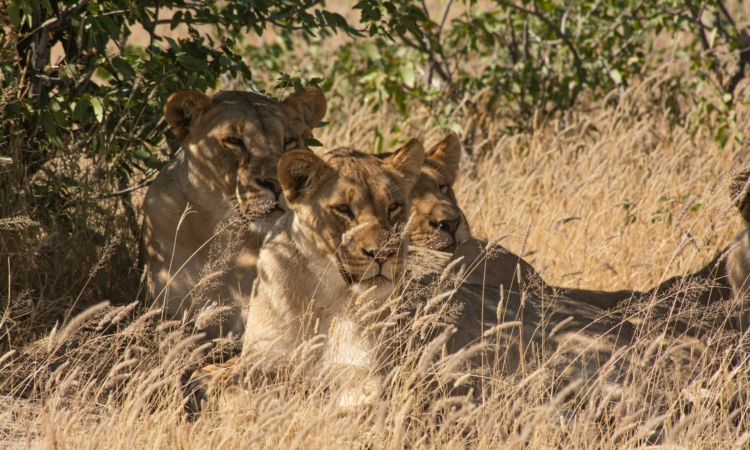Etosha National Park is one of the best places in Namibia for photographers. It offers wide landscapes, clear lighting, and a large variety of animals throughout the year. For professional photographers as well as hobbyists, the park provides endless opportunities. From capturing the vast white salt pan stretching across the horizon to the well-known image of an elephant at sunset, Etosha delivers memorable scenes.
One of the main advantages of the park is its open terrain. There are fewer bushes compared to many other African parks, which are often covered by thick forest. This open setting makes it easier to spot and photograph animals, even from a distance.
The dry season is especially rewarding. During this time, elephants, zebras, giraffes, and predators gather at waterholes. Because the land is open, photographers can take clear photos without too many obstacles blocking the view.
The Etosha Pan is another highlight for photography. This vast salt flat in the centre of the park has a bright white surface that reflects light and creates dramatic images of wildlife and landscapes. When the rainy season comes, the pan fills with water and attracts thousands of flamingos. Their reflections on the shallow water add depth and beauty to photographs. Even in the dry season, the pan itself creates a striking background.
Waterholes across the park are also excellent for wildlife photography. Early morning and late afternoon are the best times to take pictures, as the light is softer and animals are more active. Camps such as Okaukuejo and Halali even offer the chance to photograph animals at night. Their waterholes are lit with artificial lighting, allowing visitors to capture rare images of rhinos, lions, and other species after dark.
Bird photography is another highlight of Etosha. The park has more than 340 recorded bird species, including raptors, flamingos, ostriches, and many smaller birds. This wide variety gives photographers plenty of subjects to capture, whether at the waterholes, across the plains, or around the edges of the salt pan.






